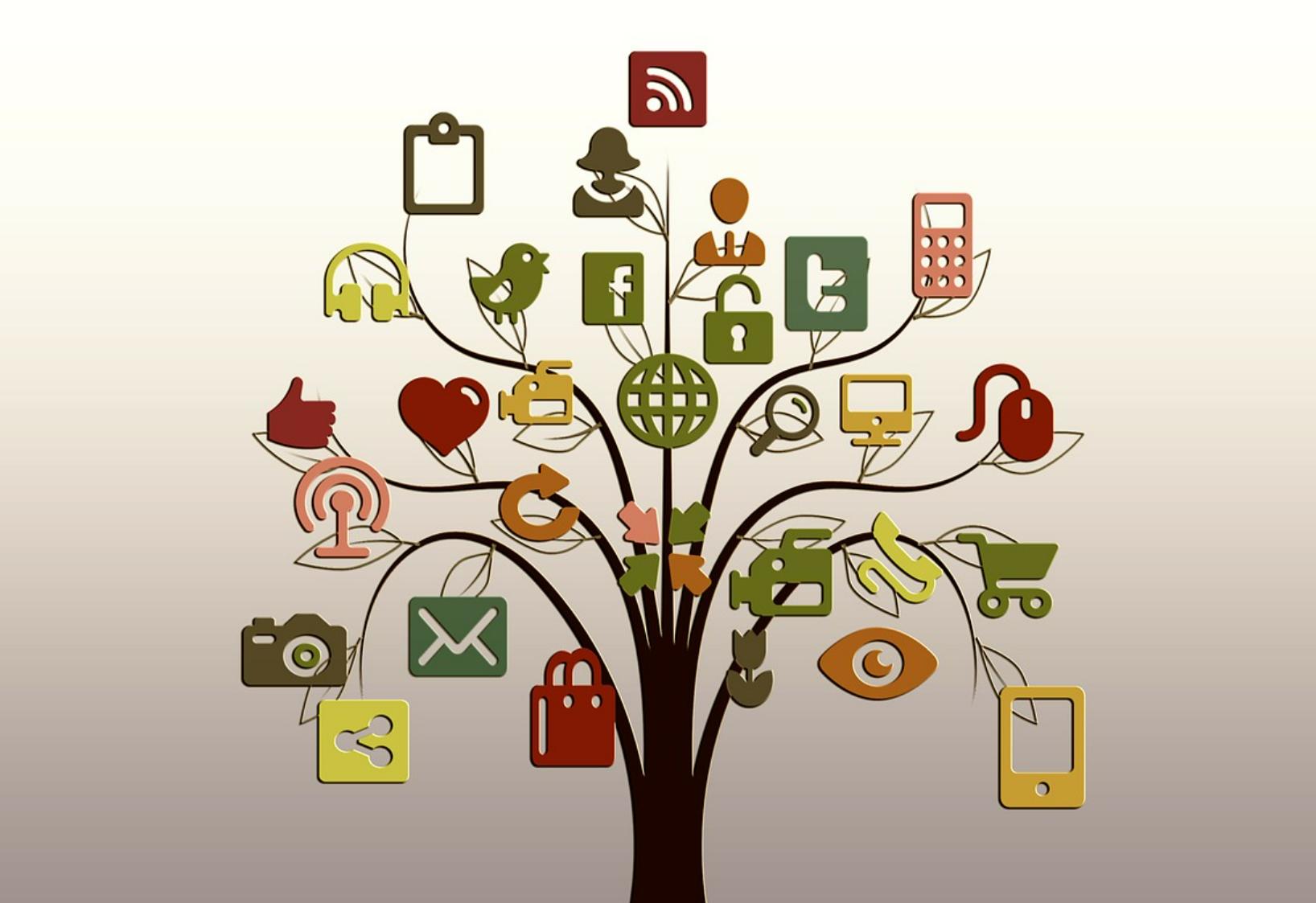Dialogue NFT social platform Atem: A dedicated Discord for the NFT community
Author: 0x137, Rhythm BlockBeats
After Stepn, we have seen various X2Earn applications. In the view of Rhythm BlockBeats, the popularity of Stepn has fired the first shot in the rise of Web3 applications. Over the course of ten years, we have witnessed the process of blockchain becoming increasingly popular with technological innovations: from 2016-2017, the rise of Ethereum allowed blockchain to break free from the narrative of "finding the next Bitcoin," laying the foundation for the "crypto industry" through various forms of ICOs; from 2019-2020, the rise of DeFi Summer found "application scenarios" for blockchain, with blockchain technology making breakthroughs at the protocol levels of DeFi, NFT, Layer 1, and Layer 2, leading to the birth and popularization of the concept of "Web3"; in 2022, Stepn's breakout marked a rapid advancement of blockchain technology at the application level, reflecting the characteristics of the internet's prosperous development phase seen in applications like Facebook and Uber.
In this article, the NFT social platform Atem project team conducted an in-depth understanding from aspects such as project introduction and positioning, development stages and work focus, development team and financing situation.
Atem: A Social Network Based on NFT
Atem aims to create a group social platform based on NFTs, designed to connect users through NFTs, explore NFT-based social networks, and enrich the relationships expressed between NFT assets and their holders. The groups on the Atem platform are formed based on the tokens or NFTs owned by individuals, seamlessly integrating with transactions. Users can easily enter various communities based on the NFTs they hold and can conveniently discuss with others in the group or engage in peer-to-peer transactions.

All groups and channels adopt a DAO governance model, allowing users to collectively decide on community rules, such as naming groups, creating logos, muting users, and establishing decentralized community NFTs that can be used across dApps. Additionally, the data on the Atem platform is stored in a decentralized manner, ensuring complete anonymity and peer-to-peer encryption.
A Web3.0 Discord More Beneficial for NFT Development
Whenever people talk about NFT communities, Discord is often the first thing that comes to mind, as many NFT projects use this platform as their base to build their communities. However, it is not hard to see that using Discord as the center for Web3.0 community development has obvious issues.
Firstly, as a hub for countless decentralized communities, Discord is a centralized product both at the platform level and in community management. The content information of communities is stored on Discord's platform servers, and the management of community channels is mostly top-down. The existence of the phenomenon "doing Web3.0 revolution on Discord" itself reflects that the development of Web3.0 applications and infrastructure is far from perfect.
Secondly, using Discord to explore the social potential of NFTs is not very suitable. Discord was originally designed for gaming communities, and its product design has not been optimized for the special attributes of NFTs and other crypto assets, leading to a misalignment in the exploration of concepts like Web3.0 and NFTs, which is a constraint for both Discord and NFT development.
In the view of the Atem team, NFTs combine social and financial attributes well, which brings stronger user stickiness to NFT-based social networks. Moreover, Atem believes that strong connections between people can also be further expressed through NFTs, and these connections are not merely like the large communities seen in Azuki, but rather represent interpersonal relationships that are stronger than just "following." The Atem social network, which is based on NFTs, will appear more organic and adept in exploring these potentials.

Furthermore, the community channels on the Atem platform will have richer content and information compared to NFT Holder channels on Discord. On Discord, only the founding teams of NFT series or NFT holders can create channels, and the number and categories are limited. However, in the Atem community, every member can freely contribute information or create their own channels, bringing more diversity and vitality to the development of NFT communities.
Of course, the Atem platform will also maintain the decentralized nature of Web3.0. Whenever a new NFT series appears on the chain, a corresponding new NFT community will be formed on the Atem platform, and Atem will have a decentralized mechanism to maintain the operation of the community. Additionally, the Atem social network is not only based on NFTs; the team is also exploring Web3.0 user profiles formed based on the past behaviors and assets of each address, aiming to aggregate more users and empower more scenarios, allowing everyone to "NFT-ify" their social relationships to varying degrees.
Team Financing and Development Progress
Atem has a young but experienced founding team. The founder of Atem, Leo, studied electronic engineering at Tsinghua University. During his four years at Tsinghua, he developed a strong interest in blockchain and served as the vice president of the Tsinghua Blockchain Association in 2017. After graduation, Leo worked as a product manager for Douyin's overseas version, but soon returned to the blockchain industry, working in blockchain-related investments at Yongce Capital, investing in several potential projects including Element. Leo's partner has rich work experience at companies like JPMorgan, HSBC, Facebook, and Douyin. The two met while working at Douyin and often discussed various entrepreneurial ideas together. Recently, Atem completed a $3 million financing round, receiving support from institutions and individuals such as Mirana Ventures, A&T, Mask Network, and Zhang Liang, the founder of Zhihu.
Currently, the Atem team will continue to refine the product while exploring more NFT social attributes and making attempts at the integration between individuals and NFTs. For example, the Atem platform has launched its own NFT series, Atemverse, as an early user access token for the Atem platform's Beta Launch.

Atemverse is divided into nine different planets, and users will be assigned to planets with varying rarity when minting. Users holding Atemverse NFTs will be automatically added to different groups on the Atem platform. If users sell their NFTs on the secondary market, they will lose access to the Beta Launch and will no longer benefit from future whitelists, airdrops, and discount rewards from the platform.
Atem will first develop its user base on Ethereum and Ethereum-compatible EVM ecosystems, and will gradually adapt to multiple ecosystems like Solana in the future.











